Pay Increase Letter Template for Employees
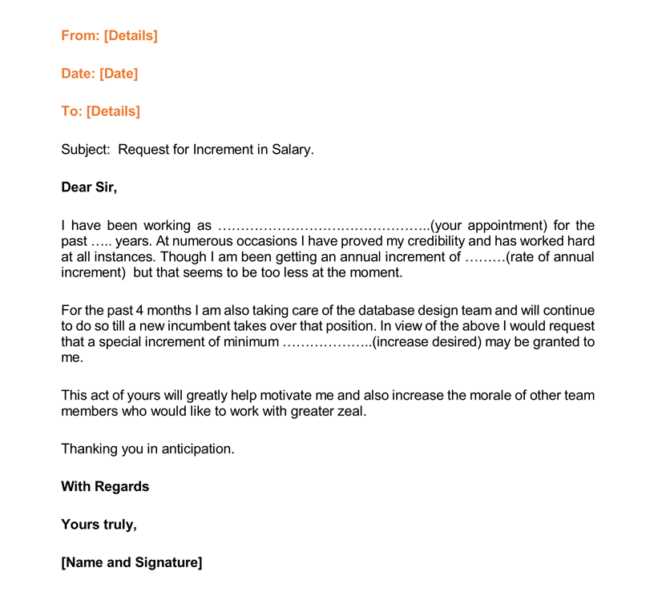
When it’s time to recognize the hard work and contributions of a team member with a compensation boost, it’s essential to approach the communication process with professionalism and clarity. Properly structuring this message ensures that the recipient feels valued while understanding the details of the change. Below, you’ll find key considerations and examples to help guide this communication smoothly and effectively.
Key Components of a Compensation Adjustment Notice
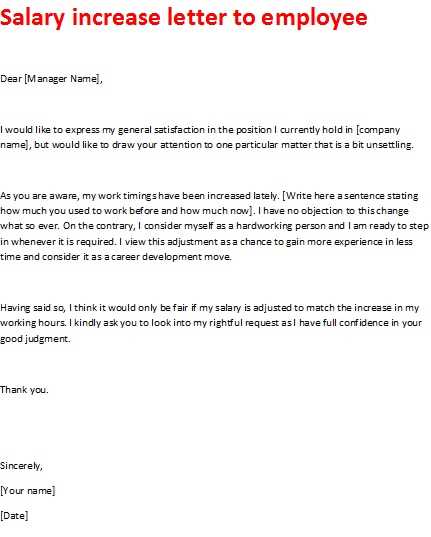
The message should be clear and concise, ensuring the recipient understands the reasoning behind the decision and how it will impact their overall remuneration. The main points to cover in such a communication include:
- Reason for the adjustment – Highlight why the change is being made, whether due to performance, market adjustments, or company growth.
- Details of the change – Specify the exact modification in terms of salary or benefits.
- Effective date – Clearly state when the updated compensation will take effect.
- Gratitude and encouragement – Express appreciation for the recipient’s hard work and dedication to the organization.
How to Maintain a Professional and Positive Tone
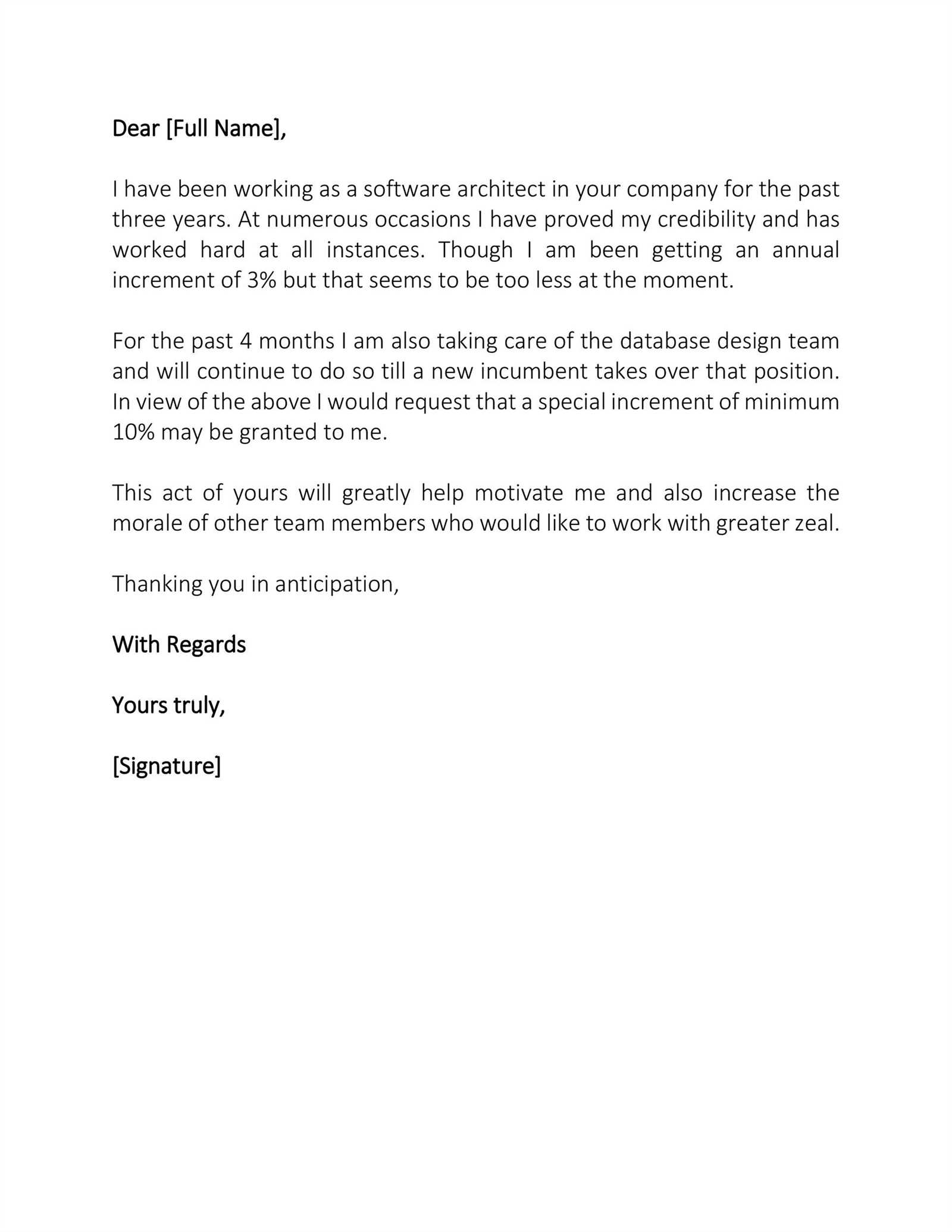
Ensuring that the tone remains respectful and encouraging is crucial. Even if the increase is modest, it should be communicated with positivity. Acknowledge the person’s achievements and express excitement for future contributions. Using phrases like “We are pleased to acknowledge your dedication” or “Your continued efforts are truly appreciated” can help convey the message with sincerity.
Sample Format for Effective Communication

Below is a simple format you can adapt for communicating the adjustment:
Dear [Recipient's Name], We are pleased to inform you that, effective [date], your [salary/compensation] will be adjusted to [new amount]. This change is a reflection of the excellent work you've consistently delivered and the value you bring to our team. We appreciate your continued efforts and look forward to your ongoing contributions. Sincerely, [Your Name] [Your Position]
Considerations Before Communicating the Adjustment
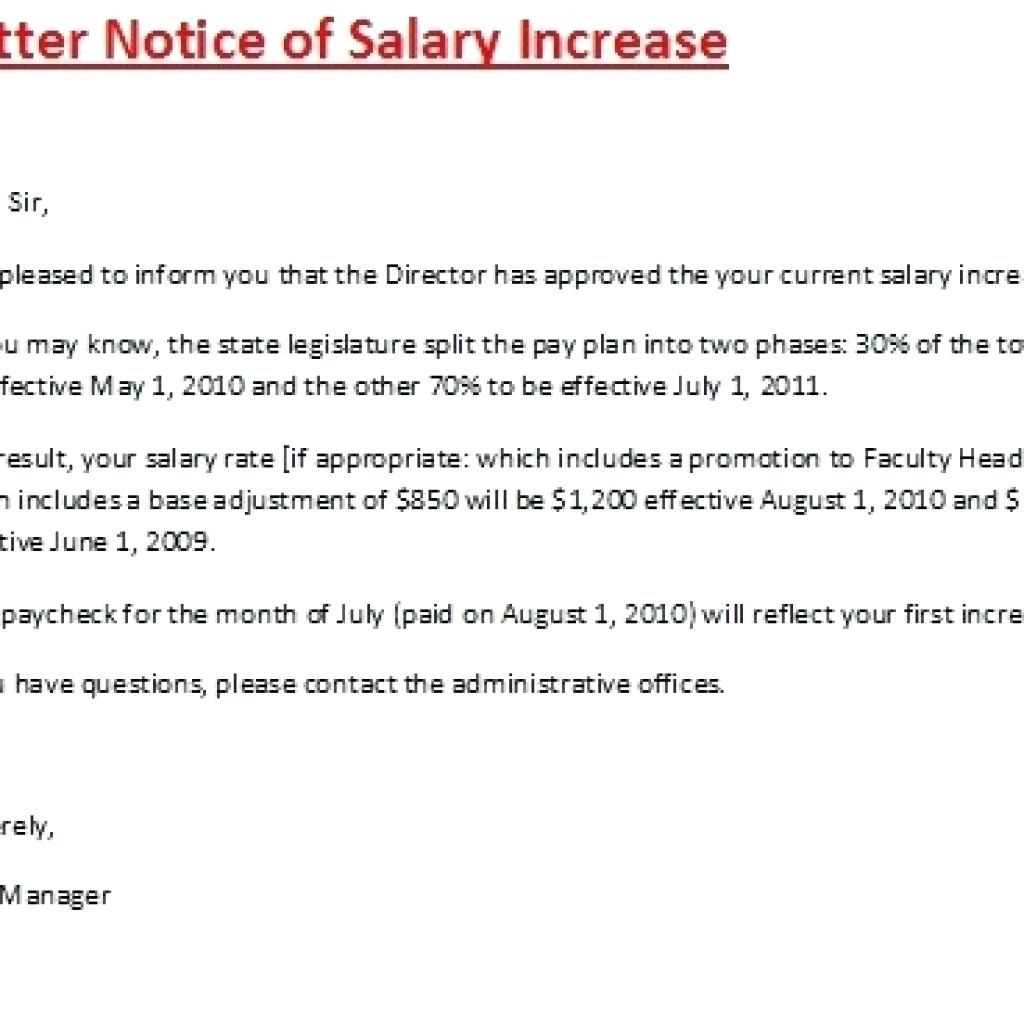
Before sending any formal communication, consider the broader context. Is the recipient aware of the reasons behind the change? Have the necessary approvals been secured? Ensuring that the adjustment aligns with internal policies and market standards will help avoid misunderstandings and ensure fairness.
In summary, effectively communicating a compensation change requires attention to detail, clarity, and respect for the recipient. A well-structured message fosters goodwill, promotes transparency, and reinforces a positive work environment.
How to Communicate Compensation Changes Effectively
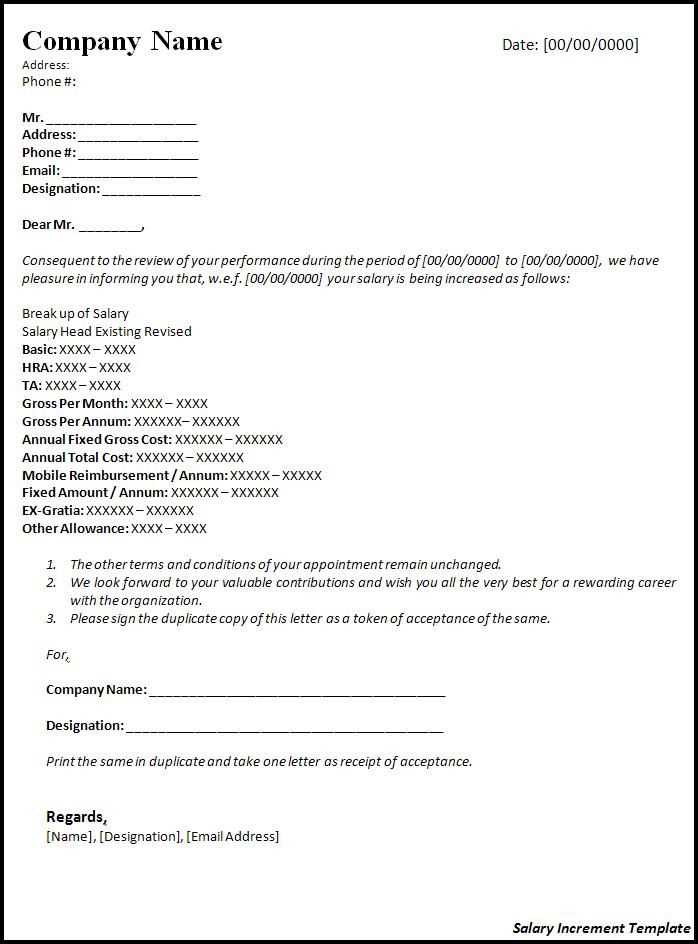
Communicating a change in remuneration is a significant step in maintaining employee satisfaction and motivation. The way this information is presented can directly influence how the recipient feels about the decision. To ensure a smooth process, it is important to understand the key elements of an effective communication, avoid common mistakes, and maintain a professional and respectful tone throughout.
Essential Elements of a Compensation Adjustment Notice
When drafting a formal communication about a change in compensation, certain details must be addressed to ensure clarity. The notice should outline the reason for the adjustment, the specific amount or percentage of the change, and the effective date. It should also express gratitude for the individual’s contributions and reinforce the company’s appreciation for their hard work. Clear and concise communication helps avoid confusion and reinforces positive feelings about the decision.
Common Errors in Compensation Change Communications
Some common mistakes include being overly vague about the reason for the adjustment or failing to mention important details like the effective date. Another pitfall is neglecting to express appreciation, which could make the recipient feel undervalued. It’s also crucial to avoid making promises or using language that could be misinterpreted, such as suggesting the adjustment is permanent without clear context.
Maintaining a Professional Tone
Throughout the communication, it’s important to maintain a tone that is both respectful and encouraging. Avoid overly casual language and focus on being clear and professional. Use positive phrasing such as “We are pleased to offer” or “Your efforts have been recognized.” This helps convey the message while keeping the overall tone uplifting and appreciative.
Timing for Sending the Communication
Timing plays a crucial role in how the message will be received. Ideally, compensation adjustments should be communicated well in advance of the effective date, giving the recipient time to process the news. Avoid springing the news unexpectedly, as this can cause confusion or lead to negative reactions. If the adjustment is tied to performance, try to align the communication with performance review cycles or company milestones.
Sample Structure for Compensation Notifications
A simple and clear format for such a communication includes the following structure:
Dear [Recipient's Name], We are pleased to inform you that, effective [date], your [compensation] will be adjusted to [new amount]. This change reflects the dedication you have shown and the value you bring to our team. We greatly appreciate your hard work and commitment, and we look forward to your continued success within the organization. Sincerely, [Your Name] [Your Position]
Key Factors Before Granting a Remuneration Change
Before communicating the change, it’s essential to ensure that all internal processes have been followed. This includes reviewing performance metrics, considering market conditions, and obtaining necessary approvals. It’s also important to ensure the adjustment aligns with company policy and compensation structures to avoid any internal discrepancies.